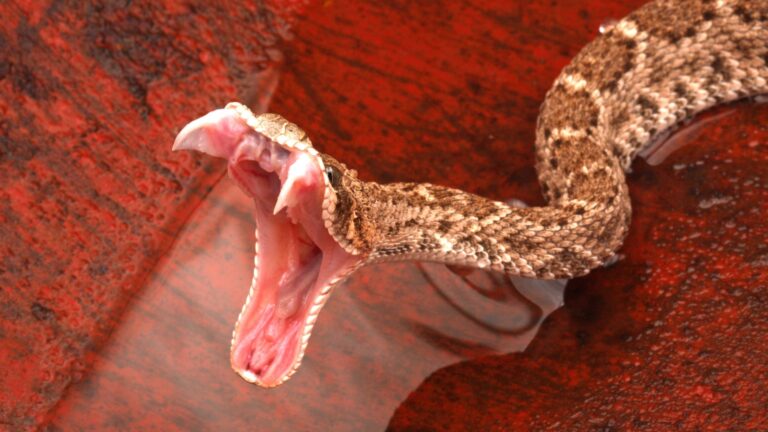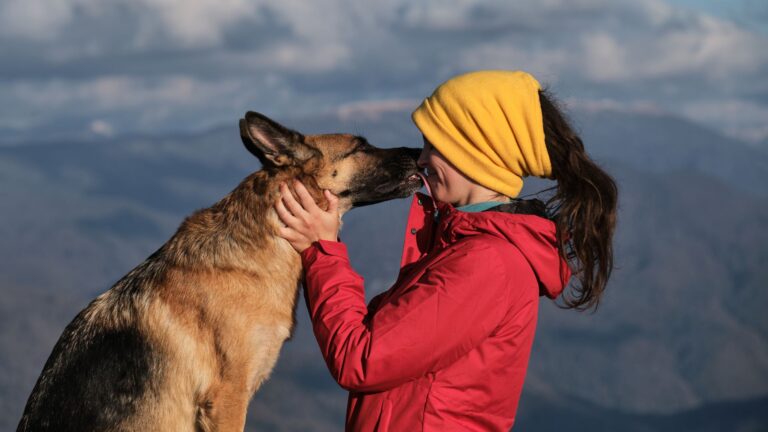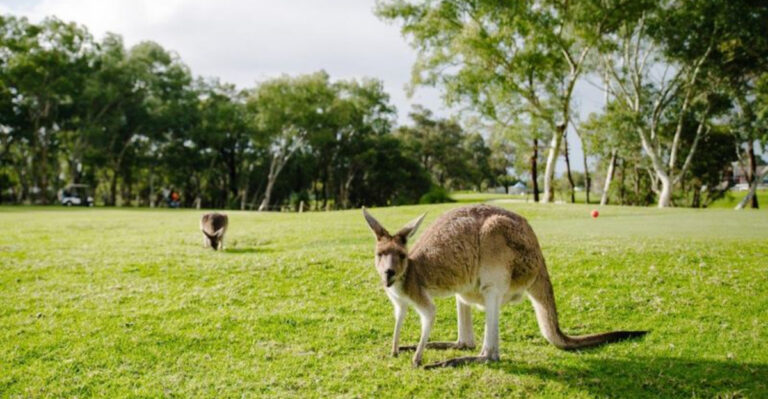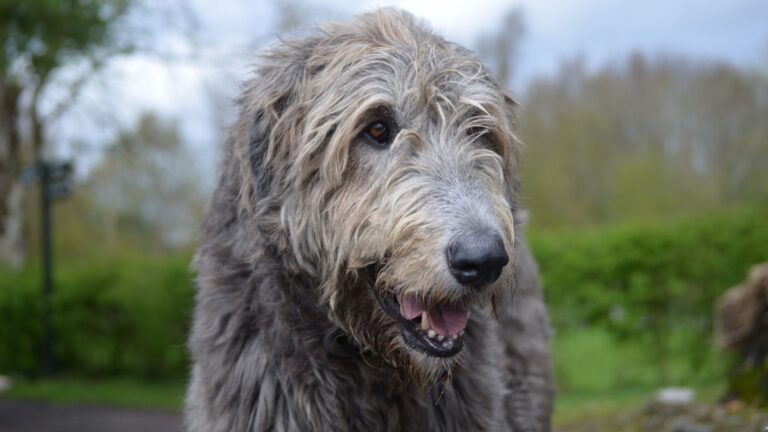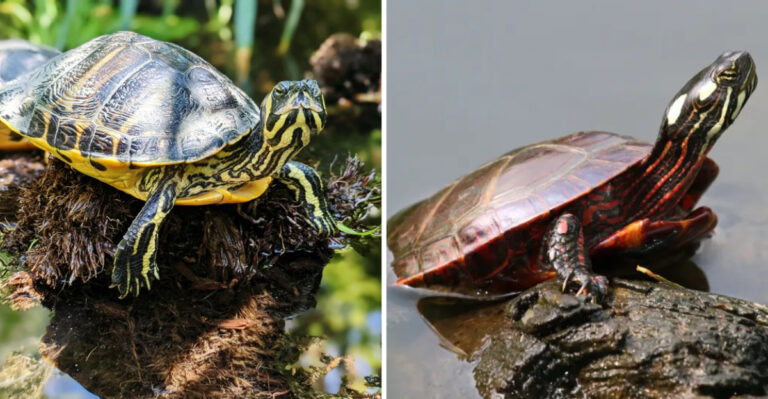Top 15 Reasons Why Cats Arch Their Backs
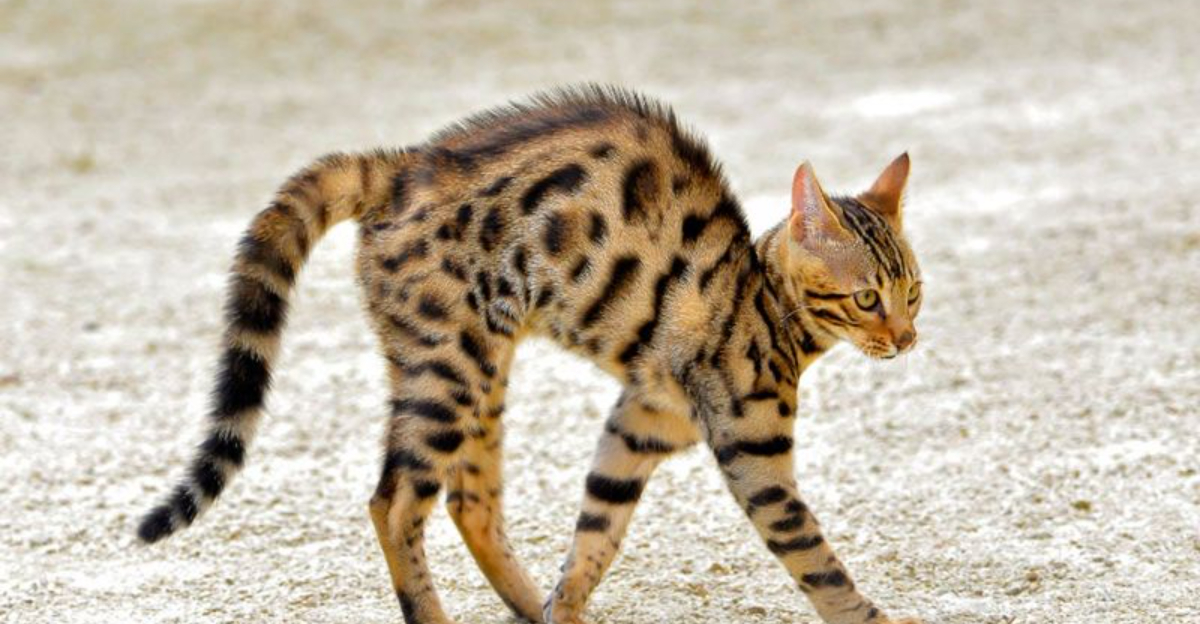
Ever seen a cat arch its back and wondered why? It’s like they’re practicing for a feline Cirque du Soleil! Cats have quirky ways of communicating, and that iconic back arch is one of their most intriguing gestures.
Let’s explore the playful, mysterious, and sometimes surprising reasons behind this fascinating feline behavior.
1. A Stretchy Yoga Pose
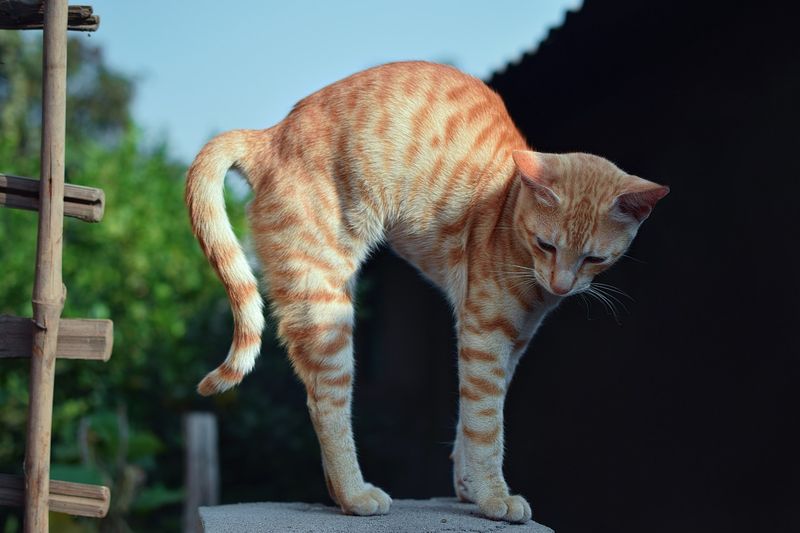
Ever caught a cat mid-stretch? They arch their backs to stretch out muscles, much like a yoga pose. It’s their way of keeping limber and agile.
Cats spend a lot of time lounging, so a good stretch helps them stay in top form. When a cat stretches, it’s like a tiny reminder of their wild ancestry, where flexibility meant survival.
2. Expressing Excitement
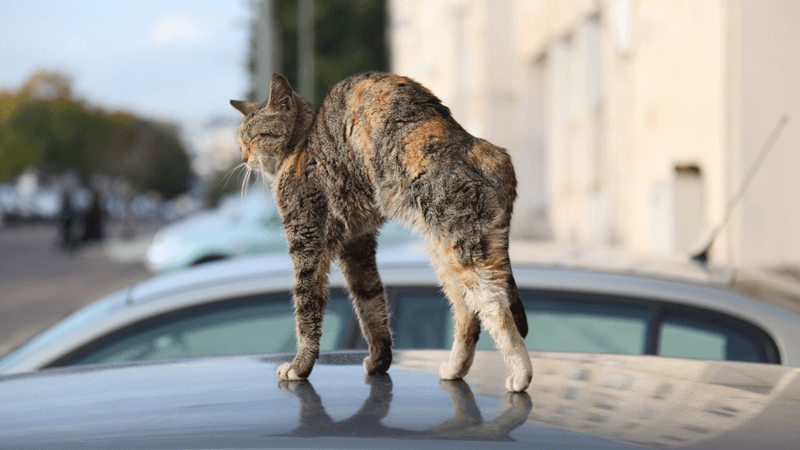
Cats sometimes arch their backs when they’re excited. This could be triggered by the sight of a bird outside the window or the sound of their favorite toy.
It’s a burst of energy channeled through their spine. Think of it as a physical exclamation mark! This gesture adds a playful bounce to their steps, making them even more adorable.
3. Feeling Threatened
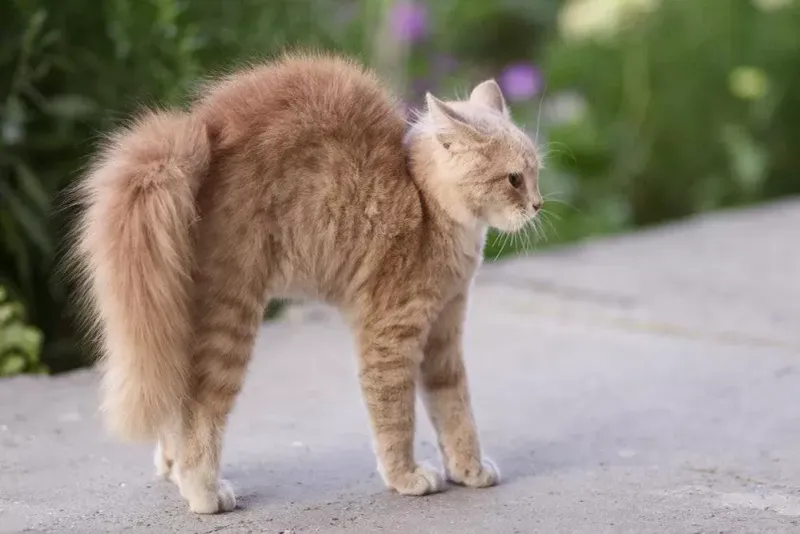
When a cat feels threatened, it arches its back to appear larger and more intimidating. This is an instinctive behavior rooted in self-defense.
The bristling fur and arched spine send a clear message: “Back off!” It’s all about creating an illusion of size to deter potential threats, a clever trick straight out of nature’s playbook.
4. Displaying Affection
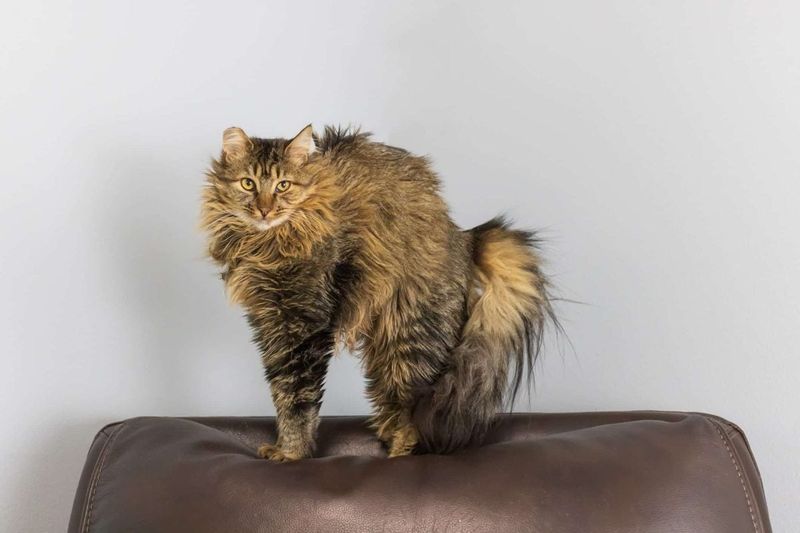
In a surprising twist, cats arch their backs to show affection too. When they rub against you with an arched back, it’s a hug in feline language.
This gesture releases pheromones, marking you as part of their territory. It’s their way of saying, “You’re mine!” This sweet behavior strengthens the bond between cats and their humans.
5. Playful Antics
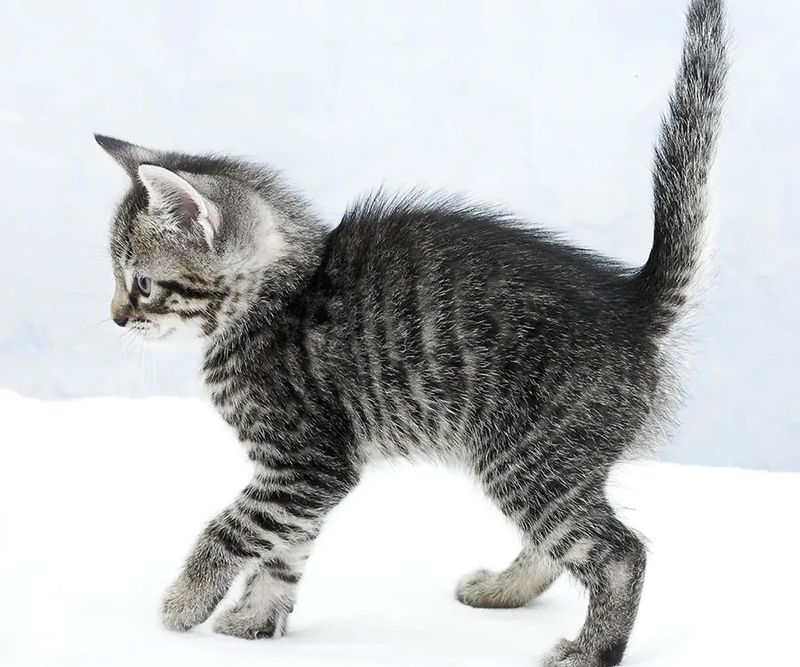
Kittens, in particular, arch their backs during play. It’s part of their playful antics, often accompanied by a sideways hop.
This move mimics their predator-prey games, sharpening their hunting skills. The arched back adds an element of drama to their playful pursuits, making it a delightful spectacle for anyone watching.
6. Temperature Regulation
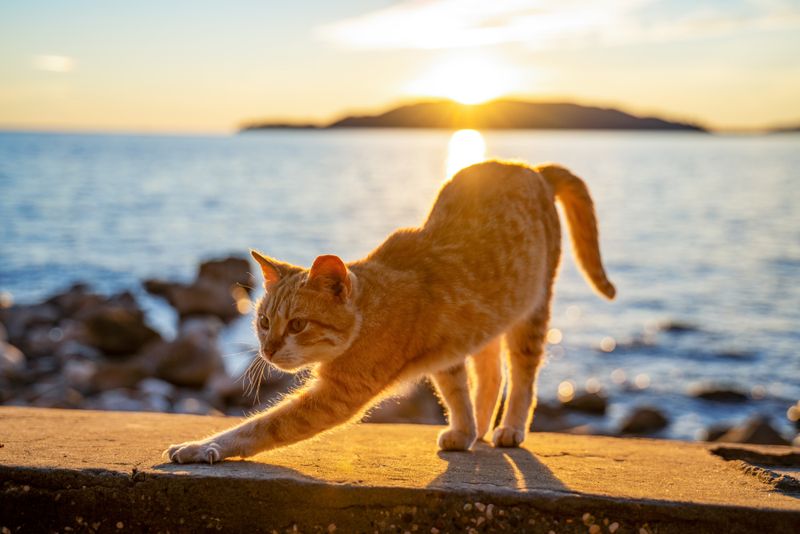
Cats might arch their backs to adjust their body temperature. When they bask under the sun, an arched back exposes more surface area to warmth.
This behavior is especially common on chilly days. It’s a simple yet effective way to soak up the sun, turning them into tiny solar panels, warming every inch of their furry bodies.
7. Marking Territory
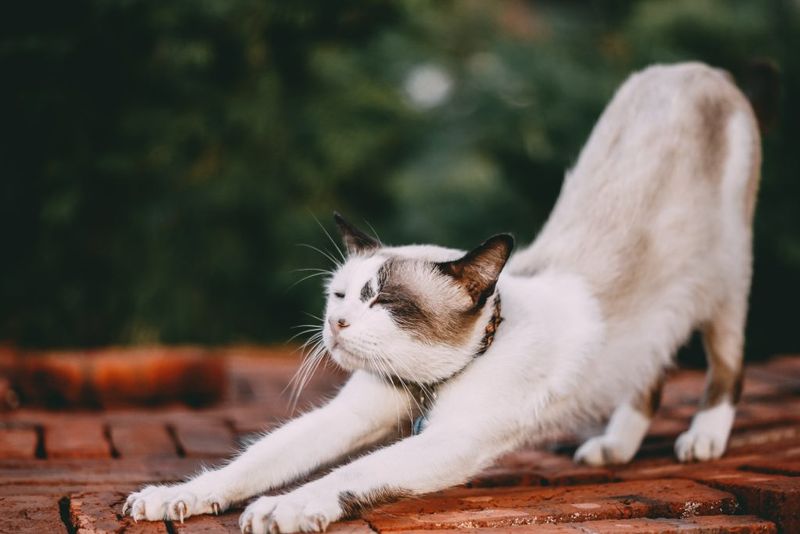
Cats arch their backs while marking territory. This involves rubbing their scent glands against surfaces, leaving a personal signature.
The arched back helps them reach higher spots, ensuring their scent is well distributed. It’s nature’s way of saying, “This is my domain.” This behavior underscores their instinctive territorial nature.
8. A Sign Of Contentment
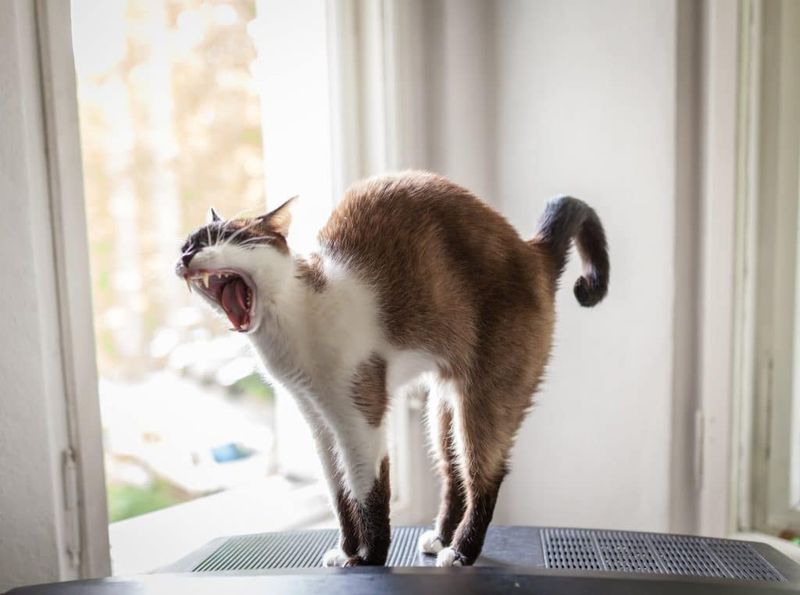
Sometimes, cats arch their backs simply because they’re content. A gentle arch can accompany a purr or a kneading session.
This subtle sign of happiness shows they’re comfortable in their environment. It’s like a soft, furry smile, reflecting a sense of well-being. Observing this behavior is a delight for any cat lover.
9. Preparing For Action
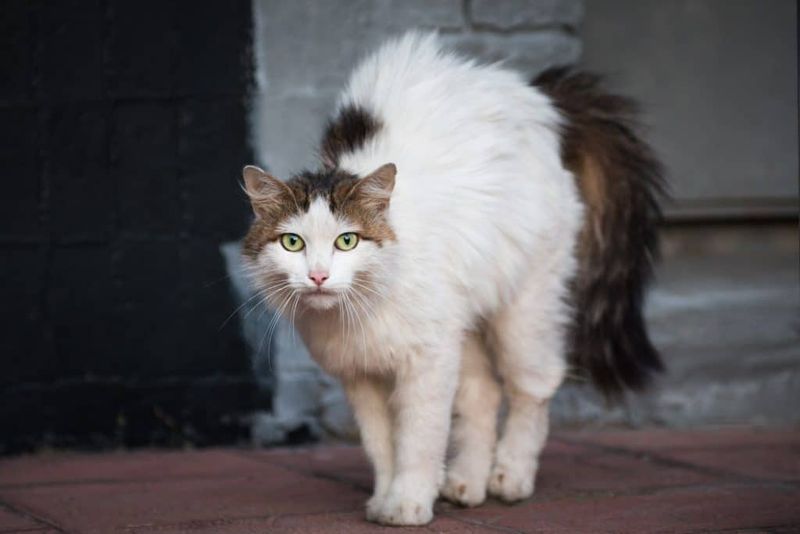
An arched back can signal that a cat is preparing for action. It’s a preparatory stance, gathering energy before pouncing or sprinting.
This dynamic posture reveals their athletic prowess. It’s like winding a spring, building tension and readiness. Watching a cat in this pose is a testament to their graceful agility and speed.
10. Engaging In Social Play
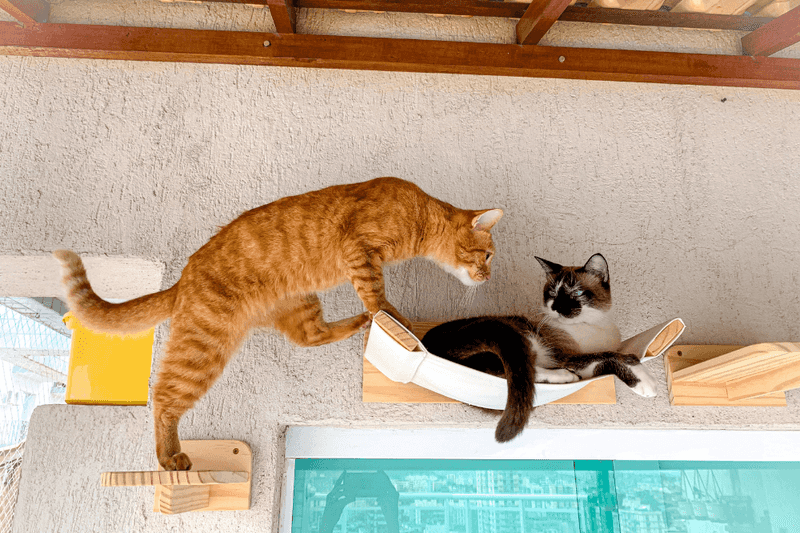
Cats often arch their backs during social play with other cats. This behavior is common in friendly wrestling matches.
The arched back adds an element of fun, enhancing their play-fighting techniques. It’s a show of camaraderie and trust, a dance of agility and strength. Seeing cats interact this way highlights their playful nature.
11. A Display Of Agility
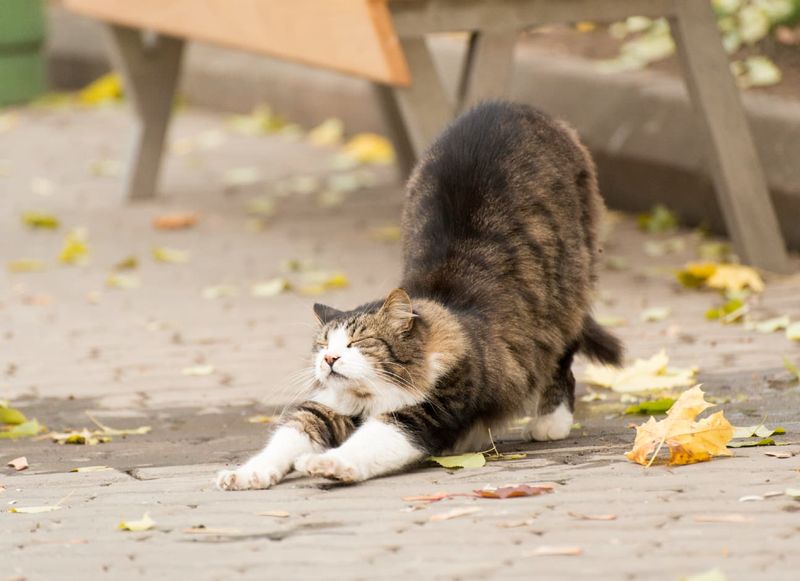
An arched back can be a display of agility during jumps. Cats curve their bodies to control their trajectory and balance.
This flexibility is key to their acrobatic feats, allowing them to navigate complex environments. It’s an awe-inspiring sight, reminding us of their natural grace. The arched back is a testament to their athleticism.
12. Reacting To Changes

Cats might arch their backs in response to changes in their surroundings. This could be a new piece of furniture or a different scent.
The arched back is part of their exploratory behavior, showing curiosity mixed with caution. It’s a physical expression of their alertness, as they assess the unfamiliar. This makes them cautious adventurers at heart.
13. A Tactic For Grooming
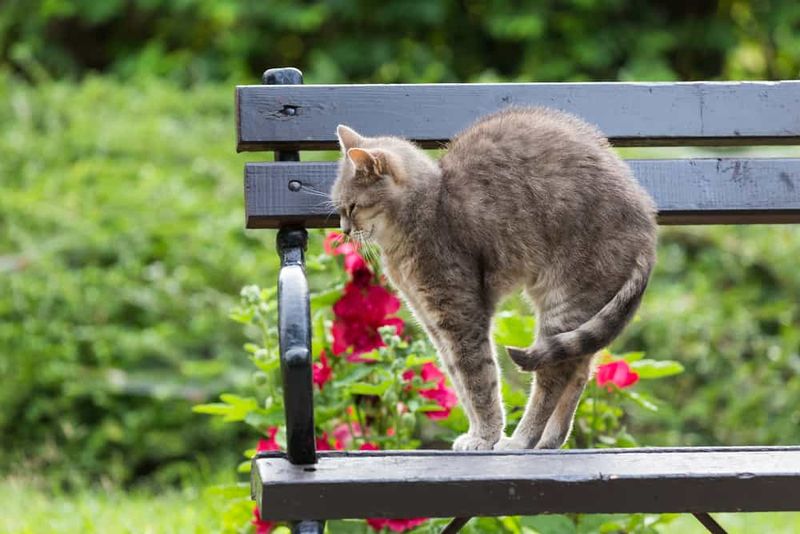
Cats use an arched back to groom those hard-to-reach spots. This posture gives them better access to clean their fur. It’s an essential part of their grooming routine, ensuring thorough cleanliness.
The flexibility of an arched back demonstrates their dedication to maintaining impeccable hygiene. It’s another fascinating aspect of their meticulous nature.
14. Showing Off
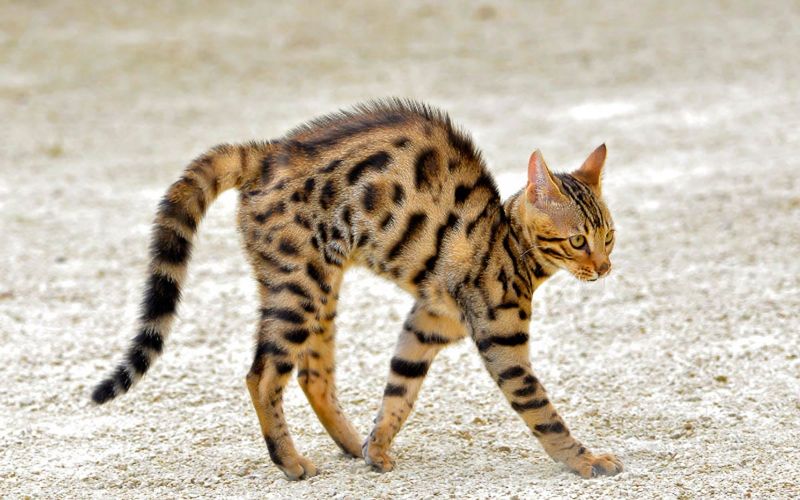
Sometimes, an arched back is just a cat showing off. It’s a display of confidence and charisma, akin to strutting on a catwalk.
This captivating posture catches attention, highlighting their elegance. It’s as if they know they’re the star of the show, relishing in the spotlight. This behavior adds to their enigmatic allure, captivating onlookers.
15. Instinctual Behavior
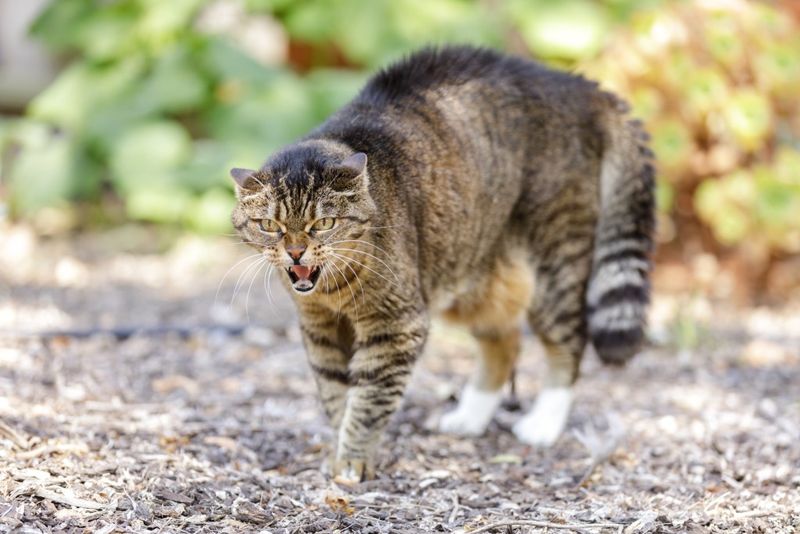
At its core, arching the back is instinctual, a behavior passed down from wild ancestors. It’s rooted in survival and adaptation, showcasing their primal instincts.
This pose is versatile, serving multiple purposes from defense to play. It’s a glimpse into their untamed spirit, tying them to their ancient lineage. Cats are truly fascinating creatures!


